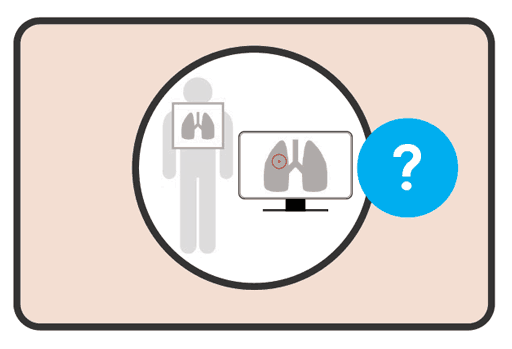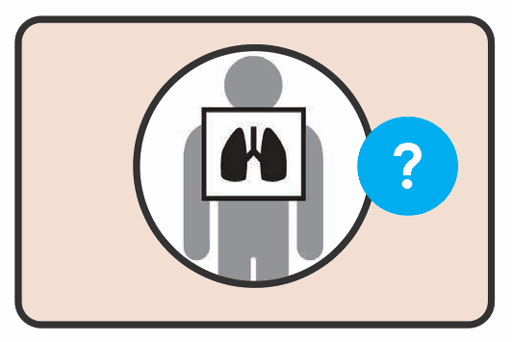5.3 Considerations for use of all screening tools
All the screening tests described above, when positive or abnormal, identify adults and adolescents living with HIV who have a higher probability of TB disease and who are then to be referred for diagnostic evaluation. TB diagnosis among people living with HIV should include use of an mWRD as a diagnostic test (12), LF-LAM where indicated (12), and other clinical, radiological or laboratory procedures as necessary.

 Feedback
Feedback

